The net asset value (NAV) of HDFC Hybrid Equity Fund as of 25th March 2022 is ₹78.60 (monthly). The trailing returns over different periods are 14.61% (1 year), 13.41% (3 years), 11.63% (5 years), and 15.54% (since launch).
The fund house is HDFC Mutual Fund. It was launched on 06th April 2005. The fund replicates the NIFTY 50 Hybrid Composite Debt 65:35 index. It is an open-ended aggressive fund with high risk.
HDFC Hybrid Equity Fund holds AUM (Asset under Management) worth ₹18086.25 crores as of 31st December 2021. The expenses ratio is 1.81% for regular plans. The fund also carries an exit load of 1%. If investments get redeemed within a year, then 1% will get charged for units over 15% of the investment.
The minimum initial investment is ₹5000 and SIP investment is ₹500. The least additional investment should not be less than ₹1000.
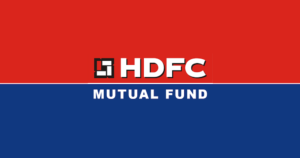
Things to remember before investing in HDFC Hybrid Equity Fund
- Investors should know that their investment will be at very high risk on investing in HDFC Hybrid Equity Fund.
- The 3-year annualized returns are 13.85%. Returns are absolute for less than 1 year period and are annualized for more than 1-year period.
- The recommended minimum investment period is 3 years to make investments profitable and reduce risks.
- The fund house takes 5 years and 5 months to double investors’ money.
Asset Allocation by HDFC Hybrid Equity Fund
The fund invests in a combination of debt and equity. The investments keep on changing according to the market and economic conditions.
HDFC Hybrid Equity Fund allocates 71.3% in equities, 20.6% in debts and 8.2% to others. The fund house largely invests around 66.68% in giant companies, 9.01% in large-cap companies, 17.60% in mid-cap and 6.59% in small-cap companies.
Top 10 Equity Holdings
| Company | % Assets | P/E | 1 Year Return (%) |
| ICICI Bank Ltd. | 7.15 | 20.91 | 20.86 |
| HDFC Bank Ltd. | 5.34 | 22.00 | -4.05 |
| 5.33 | 36.70 | 40.44 | |
| Reliance Industries Ltd. | 4.79 | 30.42 | 30.14 |
| Larsen & Toubro Ltd. | 4.52 | 29.49 | 25.53 |
| State Bank of India | 4.17 | 13.38 | 37.37 |
| Housing Development Finance Corp. Ltd. | 3.92 | 19.41 | -9.07 |
| ITC Ltd. | 3.19 | 21.09 | 20.13 |
| Axis Bank Ltd. | 2.98 | 17.50 | 3.30 |
| Power Grid Corporation of India Ltd | 2.4 | 9.03 | 30.26 |
Top Debt Holdings
Credit risk and interest rate risk are the two types of risks in debt investment. Fund’s duration and credit quality which is based on credit ratings determine interest rates of a fund. A credit rating assesses the creditworthiness and financial stability of a company, inclusive of its default rate and solvency position. High credit rating companies carry a credit rating of AA- and the ones with low credit ratings have less than BBB-.
| Company | % Asset | P/E | 1 YR Return (%) |
| Shriram City Union Finance Ltd. | 0.55 | 9.58 | 17.74 |
| Powergrid Infrastructure Investment Trust
|
0.45 | – | – |
| Tata Sons Ltd. | 0.3 | – | – |
| HDFC Bank Ltd. | 0.29 | 22.00 | -4.05 |
| LIC Housing Finance Ltd. | 0.28 | 12.93 | -12.84 |
| REC Ltd. | 0.2 | 2.50 | -5.37 |
| Kalpataru Power Transmission Ltd. | 0.16 | 9.37 | 3.71 |
| Coastal Gujarat Power Ltd. | 0.15 | – | – |
| ICICI Bank Ltd. | 0.14 | 20.91 | 20.86 |
| Shriram Transport Finance Company Ltd. | 0.08 | 12.50 | -22.82 |
Credit Rating
| RATING | HDFC HYBRID EQUITY FUND – GROWTH |
| AA | 2.69% |
| AA+ | 2.10% |
| AAA | 6.35% |
| Cash and Call money | 8.19% |
| Others | 0.45% |
Top 5 sectors
| SECTORS | % ASSETS |
| Financial | 26.1 |
| Energy | 9.01 |
| Technology | 7.22 |
| Capital Goods | 6.7 |
| Construction | 6.16 |
Peer to Peer Comparison
| FUND NAME | NAV | AUM (in crores) | 1 YEAR RETURNS (%) | 3 YEAR RETURNS (%) | 5 YEAR RETURNS (%) | RISK (%) |
| HDFC Hybrid Equity Fund | 78.60 | 18086.25 | 19.06 | 13.85 | 11.77 | 18.06 |
| Canara Robeco Equity Hybrid Fund | 239.70 | 7387.39 | 16.04 | 15.48 | 13.13 | 14.33 |
| ICICI Prudential Equity & Debt Fund | 224.27 | 18714.49 | 35.02 | 19.31 | 19.31 | 19.26 |
| Quant Absolute Fund | 275.78 | 200.37 | 35.08 | 27.45 | 27.45 | 18.14 |
| BOI AXA Mid & Small Cap Equity & Debt Fund | 22.23 | 341.18 | 33.11 | 20.65 | 20.65 | 20.8 |
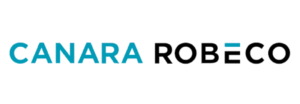
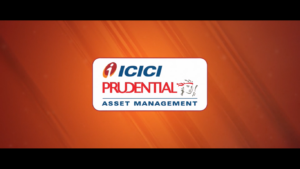
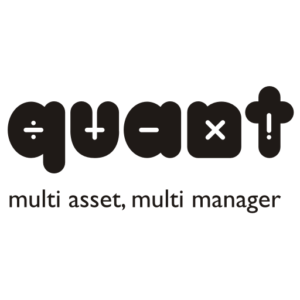
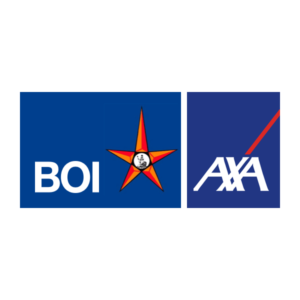
Tax implications
Hybrid Mutual Funds investing 65% or more in equity or equity like instruments are taxed as equity funds and those which invest less than 65% in equity get taxed like debt funds. Usually, tax on capital gains depend on the average asset allocation in one year. But, since economic conditions and market scenarios are changing, equity investments keep on varying. Hence, the tax treatment depends on the asset allocation:
Equity
- Short term capital gains with redemption within one year of investment are taxable at a rate of 15%.
- If gains are less than 1 lakh and the redemption is done after one year, then the gains are exempted from tax.
- Long term capital gains i.e., investments for more than a year of more than 1 lakh are taxable at a rate of 10%.
Debt
- The income gets added to the taxable income and is taxable according to the applicable tax slab if the investment is redeemable within 3 years.
- If the investment is held for more than 3 years, gains are taxable at a rate of 20% post indexation benefits. Indexation takes into consideration the current inflation rate which in turn increases the purchase price of the security and reduces the tax liability of the investor.
Dividend Income
- The dividend from the scheme gets added to the income and is taxable according to the applicable tax slab.
- If the dividend income is more than ₹5000, then the fund house shall deduct 10% TDS on such income.
Conclusion
Assuming that a person is below 50 years of age and a moderate risk-taker the investor should maintain a ratio of 75:25 (equity to debt). The fund manager reviews the portfolio once a year and if there are any major changes, he realigns it to the portfolio to the pre-decided allocation.
To sum up, one can expect gains only if the investments are for more than 5 years in this scheme. This is because till that time gains will comfortably beat inflation. But always be prepared for volatility in the market. These funds invest 65-80 % of the portfolio in equity and the remaining in debt. Hence the returns are slightly less than pure equity but they fall less when markets decline.
Therefore, this fund is beneficial for conservative or medium risk-takers.




